5 music technology products that you (probably) didn’t know can use MPE
MIDI Polyphonic Expression isn’t just for fancy controllers and soft synths
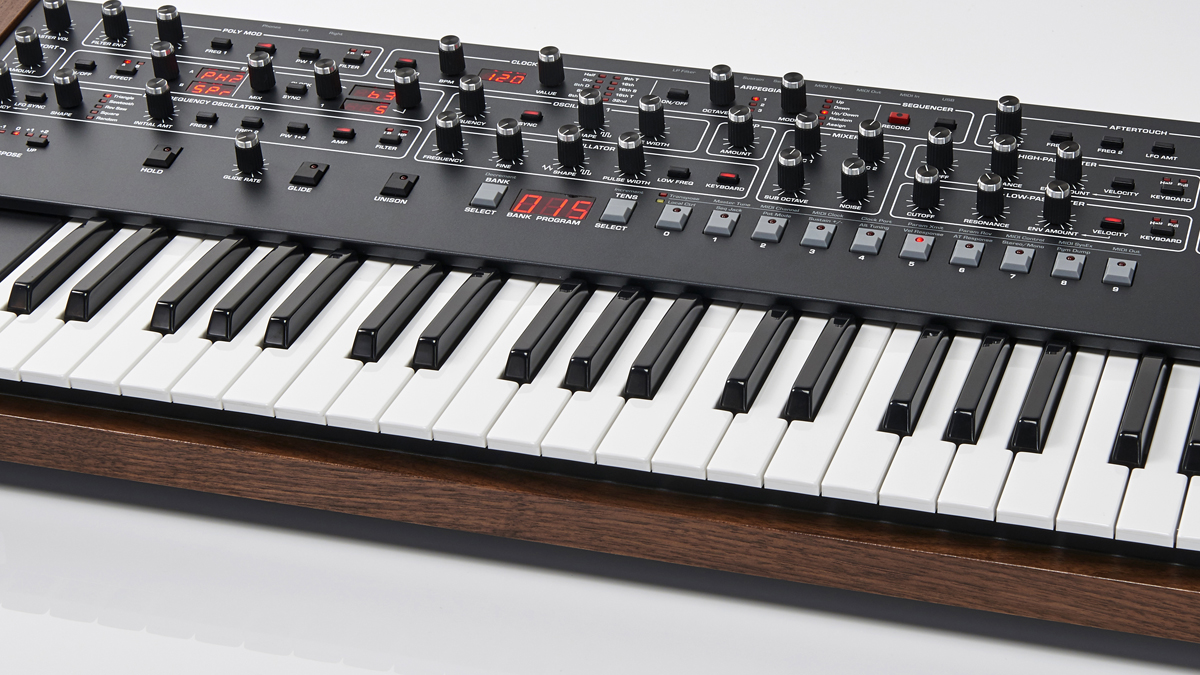
You might be au fait with some of the most famous MPE controllers - the likes of ROLI’s Seaboard and Roger Linn’s Linnstrument - but plenty of other products offer at least some element of MIDI Polyphonic Expression, too.
Here’s a guide to some of the well-known hardware products that have MPE capabilities that you might not be aware of...
1. Sequential Prophet-6 & OB-6
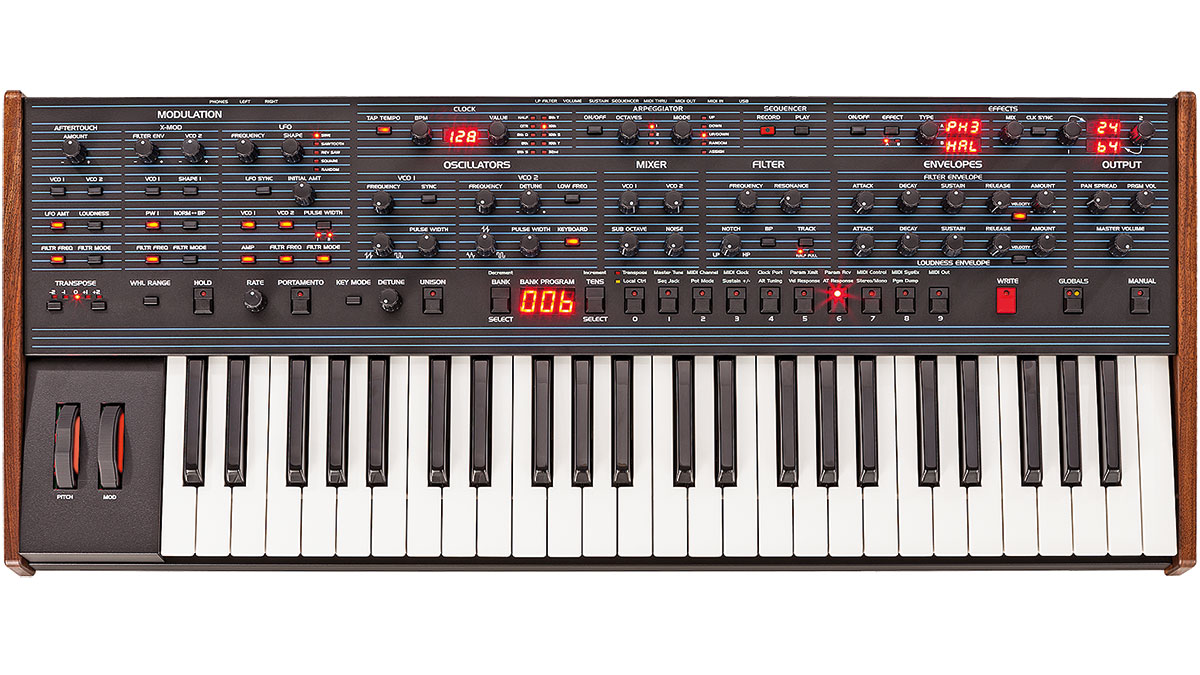
MPE is generally associated with modern-looking controllers and cutting-edge soft synths, so it came as a pleasant surprise to find it added to two of Dave Smith’s analogue polys via a recent firmware update.
While the keyboards on the synths themselves are unchanged, the update lets users connect any MPE controller via the MIDI input for per-voice control of pitchbends and modulation.
Implementation works simply by assigning individual MIDI channels for each of the synths’ six voices. Head into the Global settings menu to adjust pitchbend range for each voice. Here you can also assign a modulation destination for your MPE controller’s Y axis, which can be used to modulate filter cutoff or oscillator pulse width for each individual voice.
2. Ableton Push 2
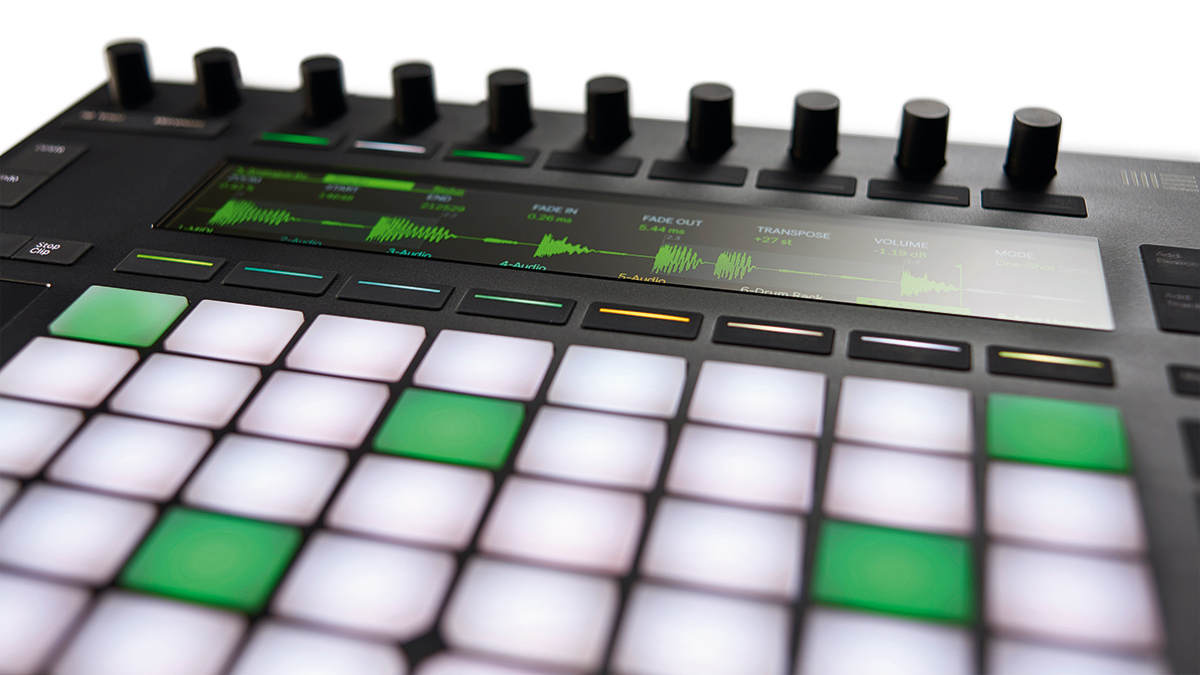
Live 11 finally catches up with the majority of DAWs by adding native support for MPE, and Ableton has expanded several of its stock instruments with MPE-ready presets, adding expressive new sounds for Wavetable, Sampler and its Arpeggiator device.
What’s more, both versions 1 and 2 of Ableton’s Push controller can be used to take advantage of these new per-note modulation sounds straightaway. Technically speaking, what Push offers isn’t MPE; rather than the full dimensions of per-note control offered by MPE, Push sends per-note pressure, so it’s more accurately described as polyphonic aftertouch.
Get the MusicRadar Newsletter
Want all the hottest music and gear news, reviews, deals, features and more, direct to your inbox? Sign up here.
Still, it’s a nice bonus for Push users. To activate this, head into the hardware’s settings menu and change the Pressure option from Mono to Poly.
3. Eurorack
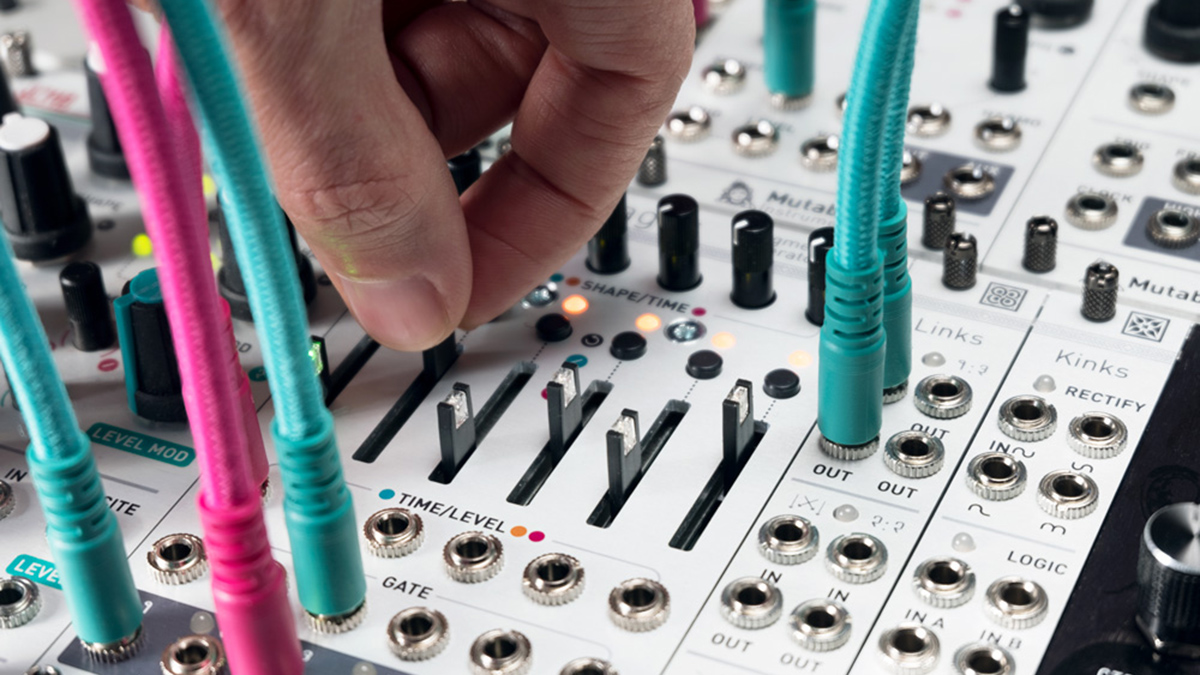
Modular synths don’t seem like a natural bedfellow for MPE controllers. It can be rather awkward getting CV-centric modules hooked up to regular MIDI as it is, and given that modular systems are often based around monophonic voices, polyphonic expression doesn’t seem to make immediate sense.
That’s not to say it can’t be done, though. The best solution out there right now is Endorphines Shuttle Control, a MIDI to CV controller with 16 assignable output channels that allows for MPE controllers to be hooked up to its input.
Of course, you still need the polyphony in your system to make use of it, but it allows users to potentially play, bend and modulate multiple synth voices from a single keyboard - which is undeniably cool!
4. Polyend Medusa
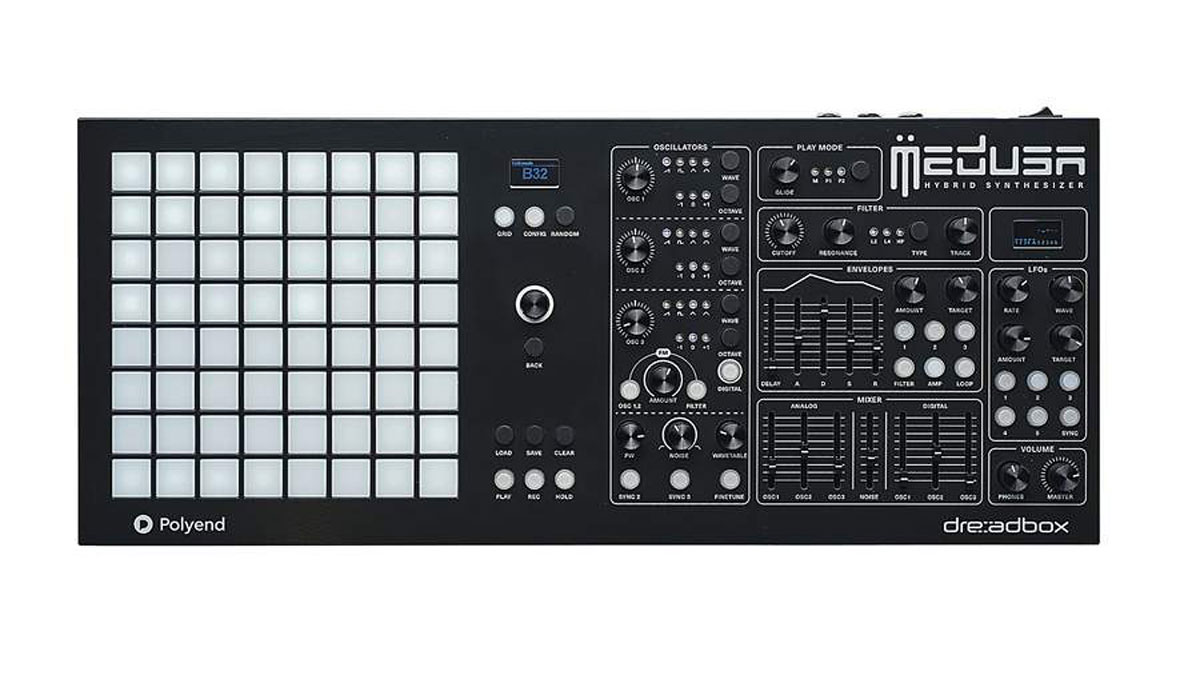
Polish brand Polyend has a knack for unique and leftfield instrument designs, including the likes of last year’s hardware sampler Tracker and its MIDI-controlled drummer Perc Pro.
Medusa is its hybrid synthesizer, created with analogue elements courtesy of Dreadbox.
One of Medusa’s most distinctive features is its pad grid, which - much like a Novation Launchpad - can act as both a step sequencer and playing surface.
Its most interesting feature lies in the fact that each pad can act as a multi-dimensional track pad, registering velocity and aftertouch as well as modulation across each pad’s X and Y axes. Not only does this allow Medusa itself to be played expressively, but also means the pad grid can be used as a MIDI controller for MPE-equipped plugins.
5. Deckard’s Dream
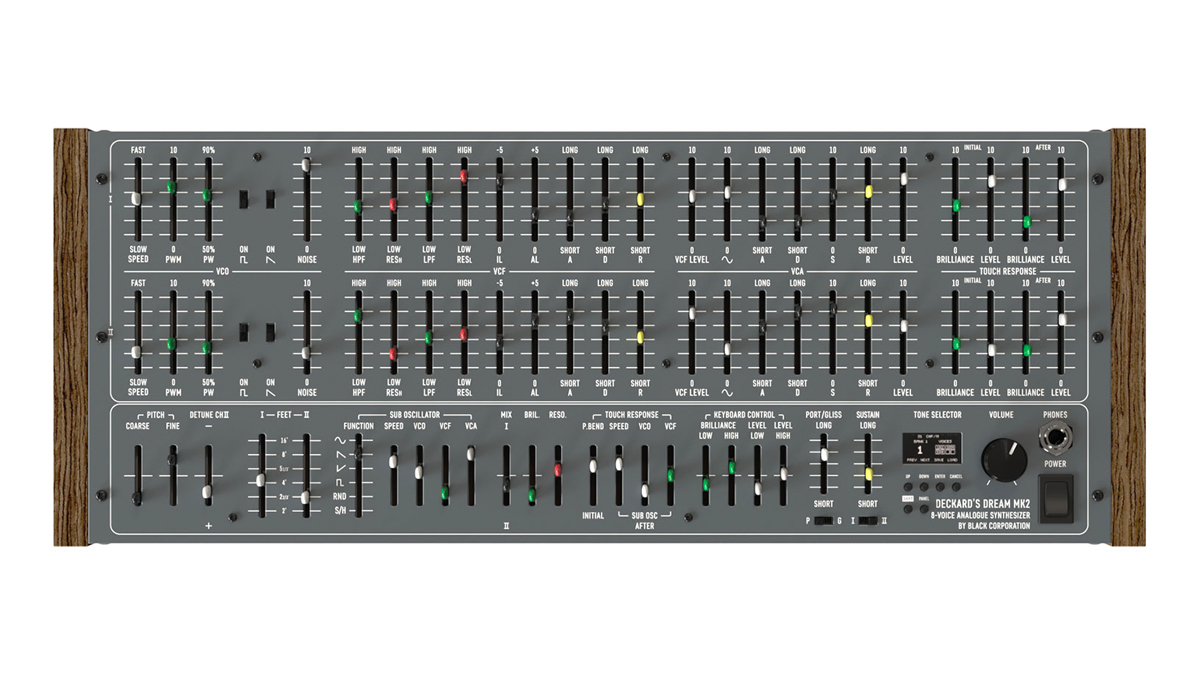
For a fairly expensive boutique synth, Deckard’s Dream, from Japanese outfit Black Corporation, has been causing something of a storm in recent years.
Based on the design of Yamaha’s iconic CS-80 (hence the Blade Runner-references), Deckard’s Dream is a thick, rich analogue polysynth with a vintage-styled design and sound. Given its retro influences, it’s perhaps surprising that Deckard’s Dream offers some very modern MIDI capabilities, including MPE compatibility, letting users control things such as pitchbend and LFO depth on a per-voice level.
With prices starting at $999 for a kit version, DD is hardly a budget synth, but compared to the second-hand prices for the CS-80, which have been known to regularly break the £10k barrier, it’s a bargain.


Future Music is the number one magazine for today's producers. Packed with technique and technology we'll help you make great new music. All-access artist interviews, in-depth gear reviews, essential production tutorials and much more. Every marvellous monthly edition features reliable reviews of the latest and greatest hardware and software technology and techniques, unparalleled advice, in-depth interviews, sensational free samples and so much more to improve the experience and outcome of your music-making.
“Excels at unique modulated timbres, atonal drones and microtonal sequences that reinvent themselves each time you dare to touch the synth”: Soma Laboratories Lyra-4 review
“A superb-sounding and well thought-out pro-end keyboard”: Roland V-Stage 88 & 76-note keyboards review










